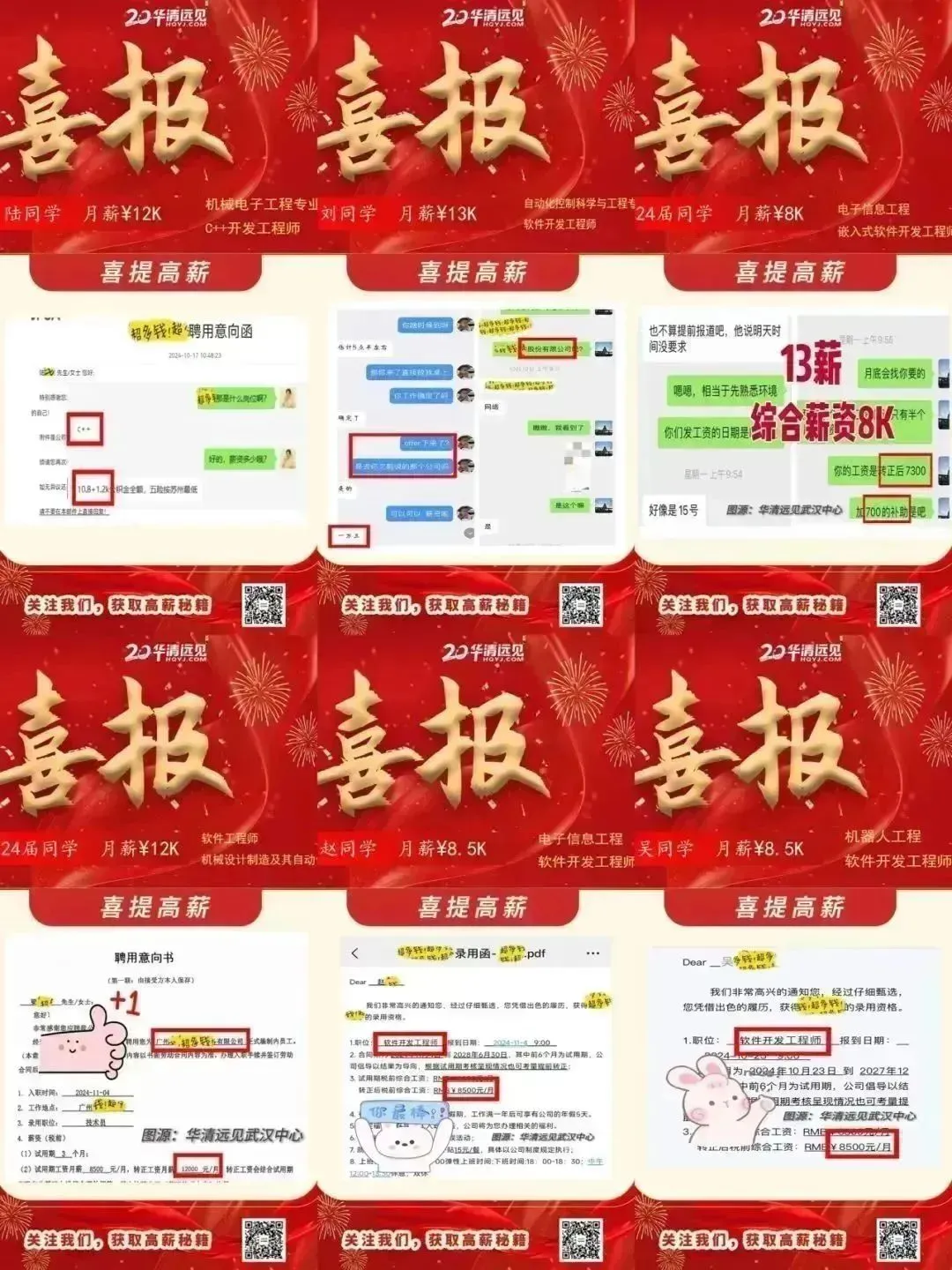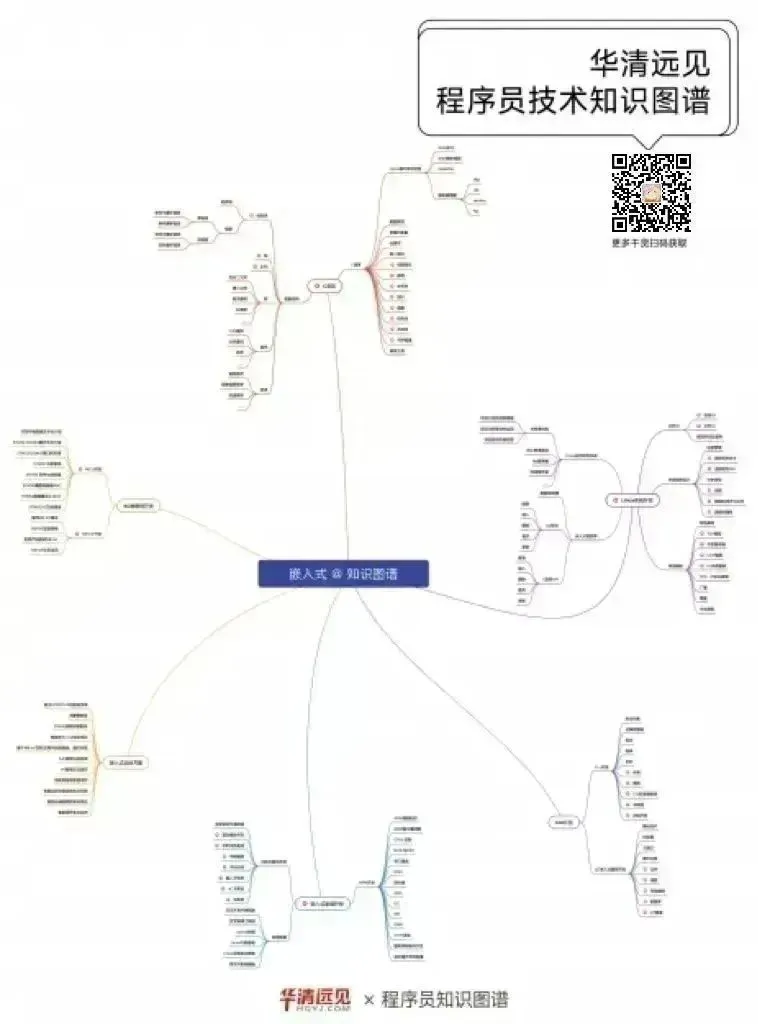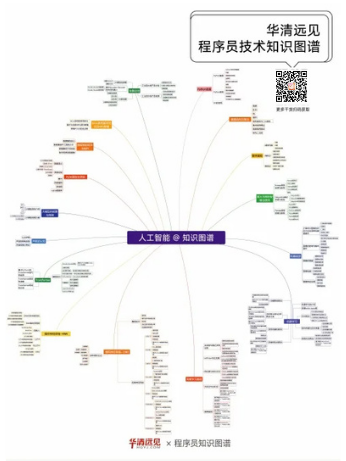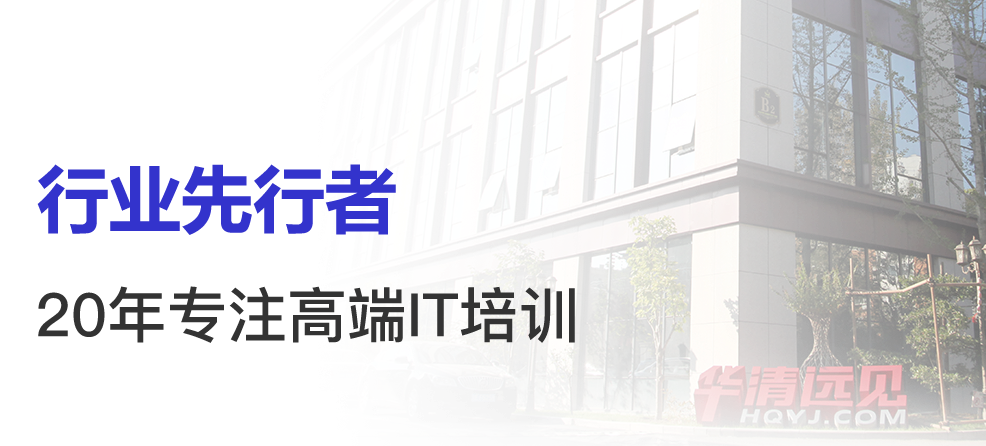
In the Internet of Things (IoT), embedded systems are widely used in various devices, such as smart home devices and industrial control systems. These devices need to receive user commands in real-time and communicate with other devices, thus requiring high processing power and data exchange capabilities.
Furthermore, with the popularity of 5G networks and cloud services, embedded systems also need to have stronger data processing and analysis capabilities, and even possess certain artificial intelligence abilities.
When designing embedded systems in IoT projects, multiple key technologies and factors need to be considered to ensure the reliability, security, efficiency, and scalability of the system.
The following are the main considerations when designing embedded systems:

1) Processor Selection: Choose an appropriate microcontroller or microprocessor based on the performance requirements of the project, such as the ARM Cortex series.
2) Sensor Selection: Choose sensor types suitable for project needs, including but not limited to temperature, humidity, location, acceleration, etc.
3) Power Management: Consider the power consumption requirements of the system, choose low-power components, and design an efficient power management system.
4) Clock Management: Choose a suitable clock source to ensure clock stability.
5) Memory: Reasonably allocate RAM and Flash space to ensure sufficient storage capacity.

1) Operating System: Choose a real-time operating system (RTOS) or run without an operating system based on system requirements.
2) Interrupt Handling: Properly configure interrupt priorities and write efficient ISRs.
3) Programming Language: Choose languages suitable for embedded development, such as C/C++, and sometimes higher-level languages like Python.
4) Application Design: Modular design, optimize code, reduce memory usage and processing time.
5) Middleware: Consider whether middleware is needed to simplify network communication and data processing functionalities.

1) Communication Protocol: Choose appropriate communication protocols, such as Wi-Fi, Bluetooth, Zigbee, LoRa, etc., to meet different transmission distance and power consumption requirements.
2) Network Security: Implement secure data transmission mechanisms, such as encryption algorithms and authentication, to protect data from being stolen or tampered with.

1) Display Interface: Design a simple LED indicator or a complex touch screen interface based on application requirements.
2) Human-Computer Interaction: Consider how to optimize user experience, such as through voice recognition or gesture control.

1) Physical Security: Ensure that the device is not easily damaged by physical attacks.
2) Data Protection: Use encryption technology to protect data in storage and transmission.
3) Privacy Protection: Ensure the security and privacy of personal data, complying with relevant laws and regulations.

1) Fault Detection and Recovery: Design mechanisms that can self-diagnose and recover from error states.
2) Remote Updates: Support remote firmware update functionality for easier maintenance and upgrades.

1) Cost Control: Balance the relationship between performance and cost, choosing cost-effective solutions.
2) Lifecycle Management: Consider the product lifecycle, including costs at all stages such as development, testing, production, sales, and after-sales service.
The above are the various aspects to consider when designing embedded systems for IoT projects, ensuring that the final product meets functional requirements while also having good market competitiveness.
———— END ————
HuaQing YuanJian has been deeply involved in the high-end IT field for 20 years, carefully creating【Embedded】【Artificial Intelligence】 high-end courses. A complete learning path helps you progress from basic entry to advanced improvement, suitable forindustry novices, technical transformations, cross-industry transitions, and on-the-job enhancements and other groups.



△Embedded Learning Roadmap

△Artificial Intelligence Learning Roadmap
Additionally, Hua Mei has prepared a surprise for everyone! Includingembedded systems, IoT, artificial intelligence and many high-paying employment courses, and has specially prepared course benefits for everyone~
👇👇👇

If there are any questions scan to contact Hua Mei~

HuaQing YuanJian Education Technology Group was established in 2004 and is a leading brand in the field of education services driven by technology, integrating industry, academia, and research. It aims to allow every student to easily and efficiently obtain IT education services that keep pace with the forefront of technology, achieving high-end career dreams. From offline to online, from teaching to R&D, from theory to practice, from campus to workplace, it also provides comprehensive talent cultivation solutions for enterprises, universities, and individuals. Currently, multiple learning centers have been established in major first and second-tier cities across the country, delivering over300,000 IT talents to enterprises and empowering talent cultivation and support for over1,100 universities and20,000 enterprises.
